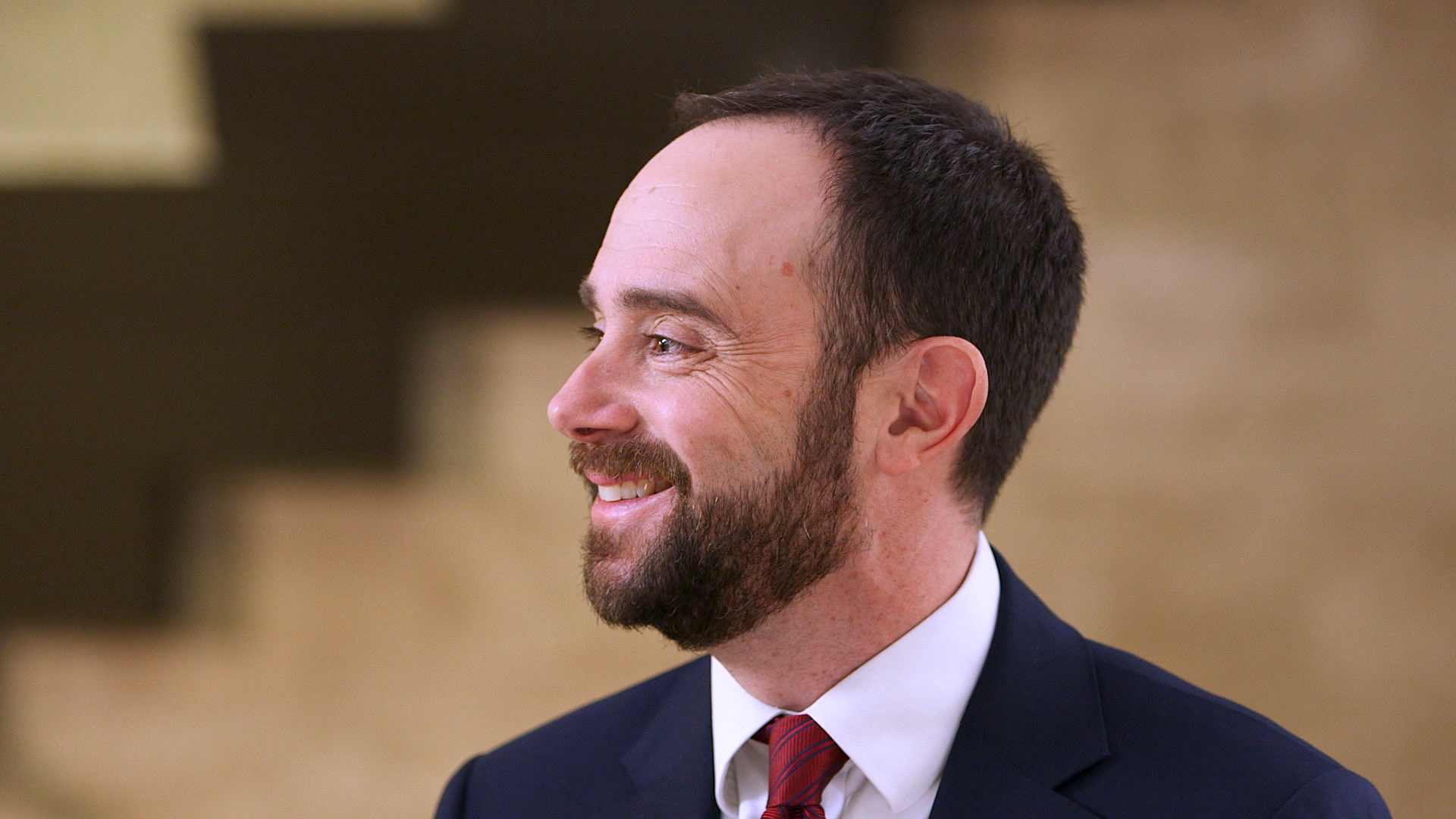by Bryce Coward, CFA, Knowledge Leaders Capital
This week’s breakout in gold is an epic expression of our times in which potential economic problems are quickly followed by massive actual and expected responses by central banks and governments. The problem de jour (for both markets and the public) is of course the real and scary health and economic consequences of a further spread COVID-19. So far, gold has been a beneficiary of the market’s response to the slowing growth prospects brought by the virus. We’ll explain why below.
But before we get to that, it may be useful to take a step back and examine how the gold price has evolved both in nominal terms and relative to stocks. As we can see in the chart below, it doesn’t take a master technical chartist to see that the price of gold stopped going down in 2015, went sideways from 2015-2019 and then “broke out” of two major resistance levels. The first such resistance level was $1300/oz, which was broken back in the middle of 2019. The second one was $1600/oz, which was broken this week.
In this second chart, we see that the S&P 500 has slowly started to underperform the barbaric relic beginning in late-2018 despite the S&P 500 having risen by 15% over that time frame.

What changed in late-2018 to start this trend of gold’s positive nominal and relative performance? Central bank intervention of course, and the inexorable crushing of real interest rates. Since 2018 the Fed has stopped quantitative tightening, cut the Fed Funds rate 3 times and started a “not-QE”. Currently, market participants are expecting two more rate cuts by the end of the year. And this when stocks are at all-time highs. If the stock market were to correct even by 5% or 10%, how many rate cuts would the market expect/demand then?
These expectations are pushing inflation-adjusted rates, proxied here by 30Y TIPS yields, to new cycle lows. Real rates are inversely correlated with the price of gold, hence cycle highs in gold.
But the thing is that it’s not just the Fed that is stepping in to push real rates lower. The other elephant in the room is China, which is completing both monetary and fiscal stimulus to counteract the virus’s economic fallout. In the next chart I show the PBOC’s liquidity injections via reverse repurchase agreements with banks and other financial intermediaries. In a reverse repo agreement, a bank would exchange its less-liquid collateral for cash from the central bank for a set time period. In this way, the central bank can make the financial system more liquid for a time. Over the last few weeks, the PBOC’s liquidity injections have dwarfed anything previously seen.
In turn, lending rates between Chinese banks – proxied by the Shanghai Interbank Offered Rate – have crashed to new lows. This sounds like a good thing, and it normally is a sign of a well-functioning financial system. However, far from being a sign of easy financial conditions, what SHIBOR rates are really telling us at this juncture is that the Chinese government is overwhelming the financial system with cash to try to prevent a meltdown. This is why SHIBOR rates, once uncorrelated with TIPS and gold, are now helping to drive real rates lower and gold higher.

Copyright © Knowledge Leaders Capital



















